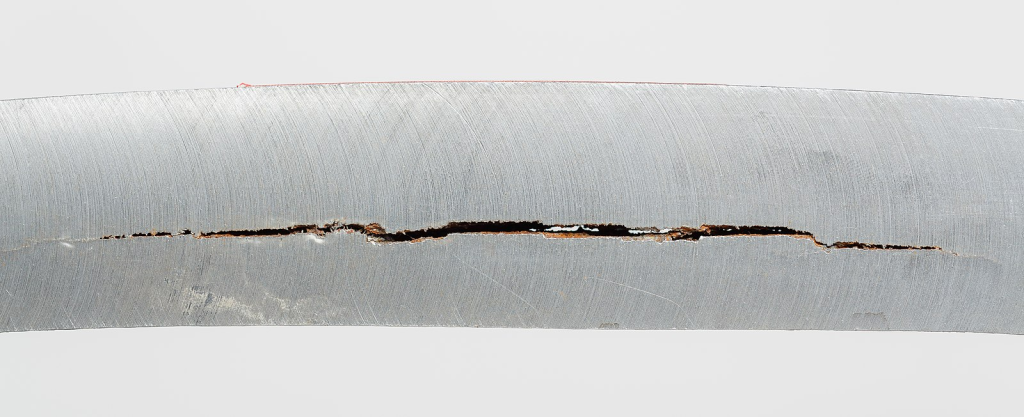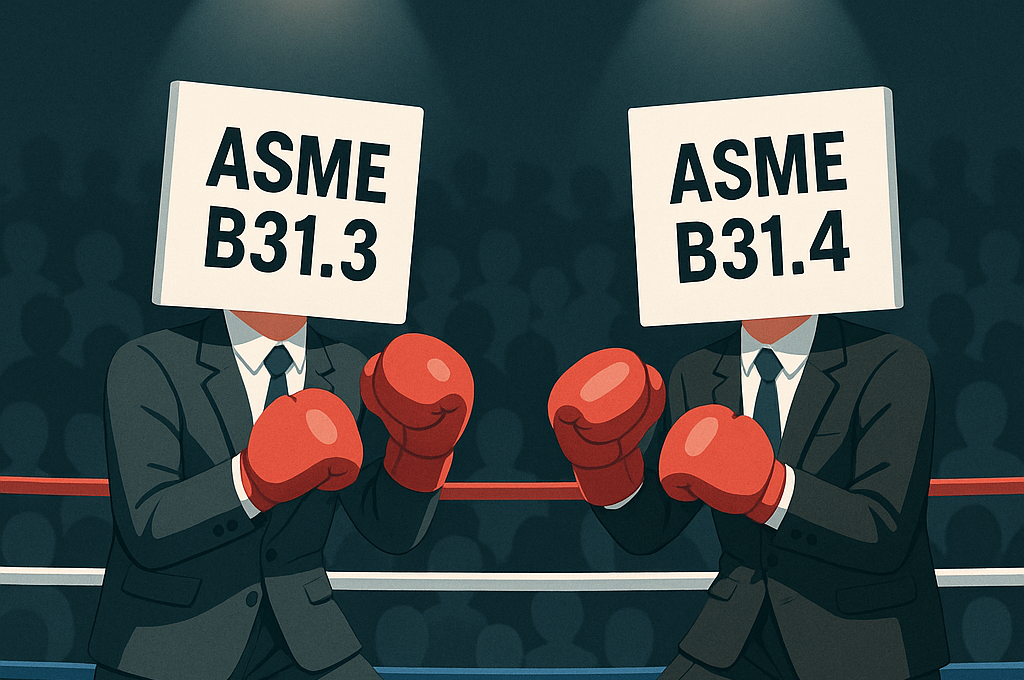Hydrogen embrittlement is a phenomenon where metals become brittle due to the absorption of hydrogen atoms. Hydrogen, being exceptionally small, can penetrate solid metals. Once inside, it reduces the stress required for cracks to initiate and propagate, thereby causing embrittlement. This effect is particularly notable in metals such as steels, iron, nickel, titanium, cobalt, and their alloys, whereas metals like copper, aluminum, and stainless steels are less susceptible.
Knowledge about hydrogen embrittlement dates back to the 19th century. It typically occurs near room temperature in steels; however, most metals are less affected by it when used at temperatures above 150°C. For crack growth to occur, both atomic hydrogen and mechanical stress must be present. Stronger steels tend to be more vulnerable than those with moderate strength. Sources of hydrogen include gaseous hydrogen, electrochemical processes, and certain manufacturing conditions like welding. Ultimately, hydrogen embrittlement can significantly reduce a metal’s load-bearing capacity and render it more brittle.

HE Critical factor include:
- Susceptible materials,
- Hydrogen Concentration,
- Material Hardness,
- Temperature range.
How to evaluate hydrogen embrittlement?
There are several methods commonly used to test for hydrogen embrittlement in materials:
- Cantilever Beam Tests:
- Description: A load is applied to a beam fixed at one end, with the other end free.
- Purpose: Measures the deflection or strain behavior of the beam, which can indicate susceptibility to hydrogen embrittlement.
- Wedge-Opening Load Tests:
- Description: A wedge-shaped crack is introduced into a specimen, and the force required to open the crack is measured.
- Purpose: Evaluates the resistance of the material to crack propagation under the influence of hydrogen.
- Contoured Double-Cantilever Beam Tests:
- Description: Similar to cantilever beam tests but involves a contoured crack shape in the specimen.
- Purpose: Provides detailed information on crack initiation and propagation under hydrogen embrittlement conditions.
- Rising Step-Load Tests:
- Description: Gradually increasing loads are applied to a specimen.
- Purpose: Assesses the rate of crack growth and fracture behavior under increasing stress levels, indicating the presence and severity of hydrogen embrittlement.
- Slow Strain Rate Tensile Tests:
- Description: Involves applying a constant strain rate to a specimen while measuring its tensile properties.
- Purpose: Determines changes in ductility, tensile strength, and fracture behavior, which are indicative of hydrogen embrittlement effects.
These methods are essential for evaluating the susceptibility of materials to hydrogen embrittlement and are used in various industries to ensure the integrity and reliability of components exposed to hydrogen environments. Each test method provides specific insights into different aspects of embrittlement behavior, helping engineers and researchers make informed decisions regarding material selection and design considerations.
How to reduce hydrogen embrittlement?
Reducing hydrogen embrittlement in pipelines specifically those carrying sour and critical sour fluids requires implementing several strategic approaches:
- Material Selection:
- Consider using low-strength steels or materials with a fine-grained microstructure, which are less prone to embrittlement.
- Opt for materials that exhibit high resistance to hydrogen embrittlement, such as stainless steels and aluminum alloys.
- Surface Treatments:
- Apply protective coatings or platings on the pipeline’s surface to create a barrier that prevents direct interaction with hydrogen.
- Utilize processes like shot peening or cold working to induce compressive stresses, which can mitigate the risk of hydrogen-induced cracking.
- Hydrogen Control:
- Minimize hydrogen exposure during all phases, including manufacturing, welding, and operational processes.
- Adhere to stringent welding procedures that prevent hydrogen contamination of the material.
- Employ welding consumables that are specifically designed to resist hydrogen embrittlement.
- Heat Treatment:
- Consider post-weld heat treatment (PWHT) to alleviate residual stresses and reduce hydrogen content within the material.
- Conduct bake-out procedures before commissioning to remove any trapped hydrogen from the pipeline.
- Operating Conditions:
- Operate the pipeline at temperatures above 150°C whenever feasible, as hydrogen embrittlement risks decrease significantly at higher temperatures.
- Monitor and maintain cathodic protection systems to prevent excessive hydrogen evolution and subsequent embrittlement.
- Other Measures:
- Welding – wet electrode with high moisture. hydrogen can be charged into the material causing cracking.
- Corrosion Reactions – Most aqueous corrosion reactions produce hydrogen.
- Service in high temperature hydrogen gas atmospheres. [>400 °F (205 °C)]
- Cleaning and pickling in acid solutions.
- Cathodic Protection—Hydrogen is formed on the surface of the protected metal, which can lead to HE cracking if the metal is susceptible.
- Choose the correct alloy and or coating for the operation (Pressure, temperature and if it is a continuous operation)
Implementing these strategies collectively enhances the pipeline’s resistance to hydrogen embrittlement, ensuring its long-term reliability and safety in service.





